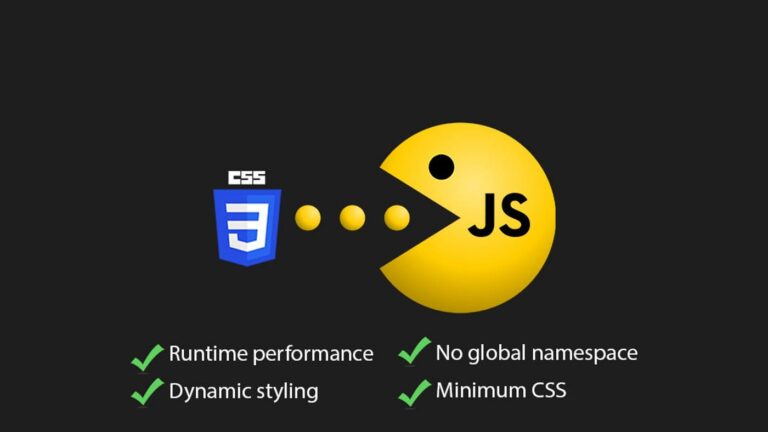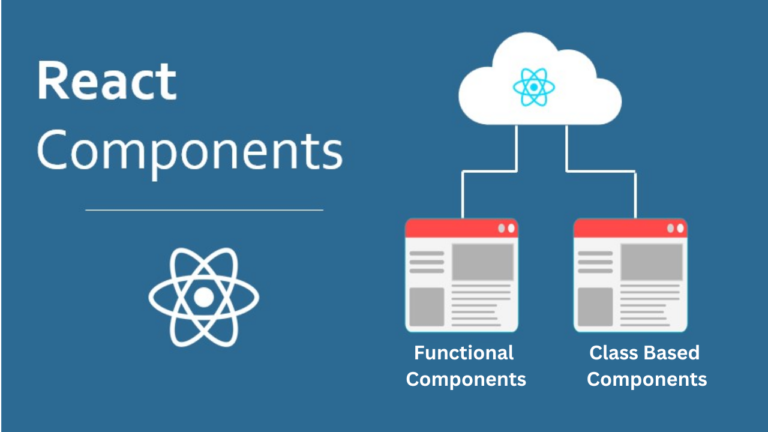In web development, APIs serve as the backbone of modern applications, facilitating seamless communication between client and server. Traditionally, Representational State Transfer (REST) has been the go-to architectural style for designing APIs, offering a standardized approach to resource management and interaction. However, as applications grow more complex and data requirements become more diverse, developers are seeking alternative solutions that provide greater flexibility, efficiency, and developer experience.
Understanding GraphQL
GraphQL is a query language and runtime for executing queries against data sources, developed by Facebook in 2012 and subsequently open-sourced in 2015. Unlike RESTful APIs, which expose a fixed set of endpoints representing resources, GraphQL enables clients to request precisely the data they need, in the format they specify, using a single endpoint. This granular approach to data fetching empowers clients to retrieve only the relevant information, minimizing over-fetching and under-fetching of data and reducing the number of round-trips to the server.
Advantages of GraphQL Over RESTful APIs
- Efficiency: GraphQL optimizes data fetching by allowing clients to specify their data requirements in the query itself. This eliminates the need for multiple REST endpoints and reduces the amount of data transferred over the network, resulting in faster and more efficient data retrieval.
- Flexibility: With GraphQL, clients have the flexibility to request multiple resources and nested data structures in a single query. This eliminates the need for multiple REST calls to fetch related data, simplifying client-side data management and improving application performance.
- Improved Developer Experience: GraphQL’s self-documenting nature and powerful tooling make it a developer-friendly choice for API development. GraphQL schemas serve as a single source of truth for data models, enabling automatic generation of API documentation and query exploration with graphical interfaces like GraphiQL and GraphQL Playground.
- Versionless APIs: Unlike RESTful APIs, which often require versioning to accommodate changes in data structure or functionality, GraphQL APIs are inherently versionless. Developers can evolve the GraphQL schema over time without breaking existing clients, ensuring smooth transitions and backward compatibility.
Use Cases for GraphQL
GraphQL is well-suited for a wide range of use cases, including:
- Building real-time applications with dynamic data requirements, such as chat applications and social networks.
- Creating data-driven web applications with complex data relationships, such as e-commerce platforms and content management systems.
- Developing APIs for mobile applications with limited network bandwidth and intermittent connectivity, optimizing data transfer and minimizing latency.
Conclusion
As the demand for more flexible, efficient, and developer-friendly APIs continues to grow, GraphQL has emerged as a compelling alternative to traditional RESTful APIs. Its ability to optimize data fetching, streamline client-server communication, and improve developer productivity make it a valuable tool for building modern web applications. By embracing GraphQL, developers can unlock new possibilities in API development and deliver richer, more responsive user experiences in their applications.






